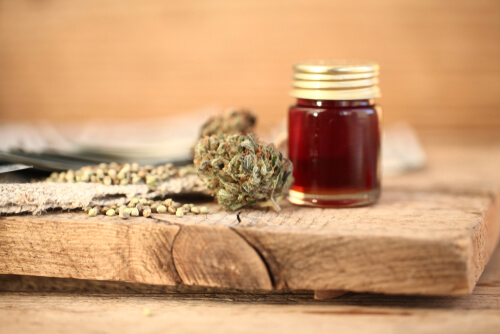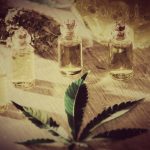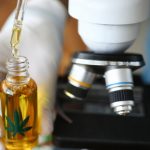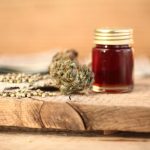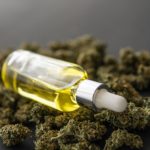Comparing CBD From Hemp And Orange Peels
April 11, 2022
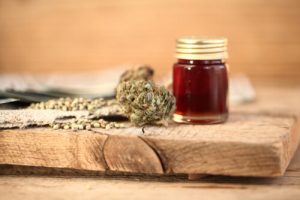
CBD From Orange Peels
The number of experimental and clinical trials demonstrating the many distinct benefits of CBD consumption is rapidly increasing. Scientific investigations have revealed widespread mislabeling due to a lack of uniform restrictions on CBD generated from hemp plants, therefore caution should be exercised when choosing which CBD product to use.
For many years, CBD was derived from hemp and marijuana plants only. However, studies showed that CBD is present in many other plants, but the amount of CBD was very low in them. According to recent research CBD is present in orange peels in good amounts.
CBD From Orange Peels
A new study has found that CBD is also found in orange peels. Some experts believe it is the world’s cleanest and safest CBD product. It is molecularly identical to hemp-derived CBD. CBD oil, which does not come from the hemp plant, offers similar holistic effects. It is also claimed that CBD oil derived from orange peels does not contain any contaminants, like heavy metals, pesticides, bacteria, mycotoxins, etc. These contaminants are usually found in CBD oil derived from the hemp plant.
A process called Cyclic Terpene Assembly is utilized for making CBD oil from orange peels. According to experts, this process is completely safe and helps in producing pure and consistent CBD oil. Under high pressure and heat, terpenes from orange peels are combined with olivetol in the presence of a catalyst in the Cyclic Terpene Assembly procedure. Following that, the formula is processed with solvents that are generally recognized as safe (GRAS). The end result is pure and uniform crystalline CBD. CBD products generated from cannabis or hemp are difficult to match in this regard.
CBD From Hemp
CBD can come from both the cannabis and hemp plants. THC cannabinoids are far less abundant in this plant. Cannabis sativa and hemp are cousins. It is thought to be quite safe to consume, with no dangers of psychological or physical dependence. While CBD is more accessible than before, the legality of CBD when derived from hemp remains to change on a state, federal, and international level.
CBD extracted from hemp must have less than 0.3 percent THC by dry leaf and bud weight in order to be permitted. While the amount of THC taken into the body is usually insufficient to cause a psychoactive response, it is still present. CBD is allowed in all 50 states, with varying levels of regulation. Even though it is not enforced in the same manner, the US federal government still classifies CBD as marijuana.

